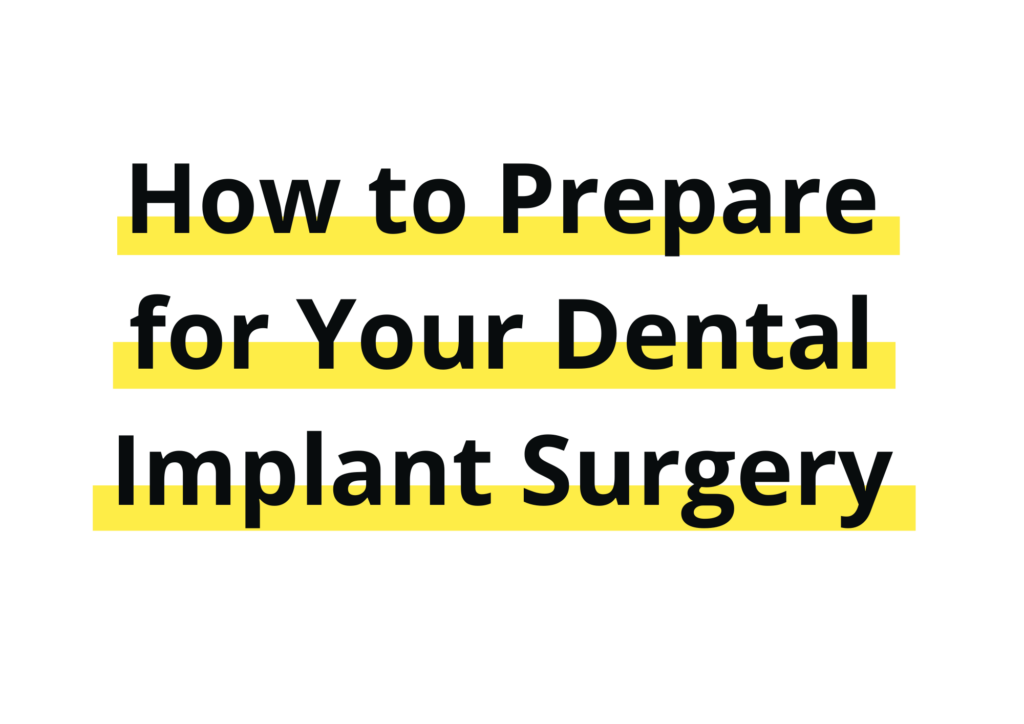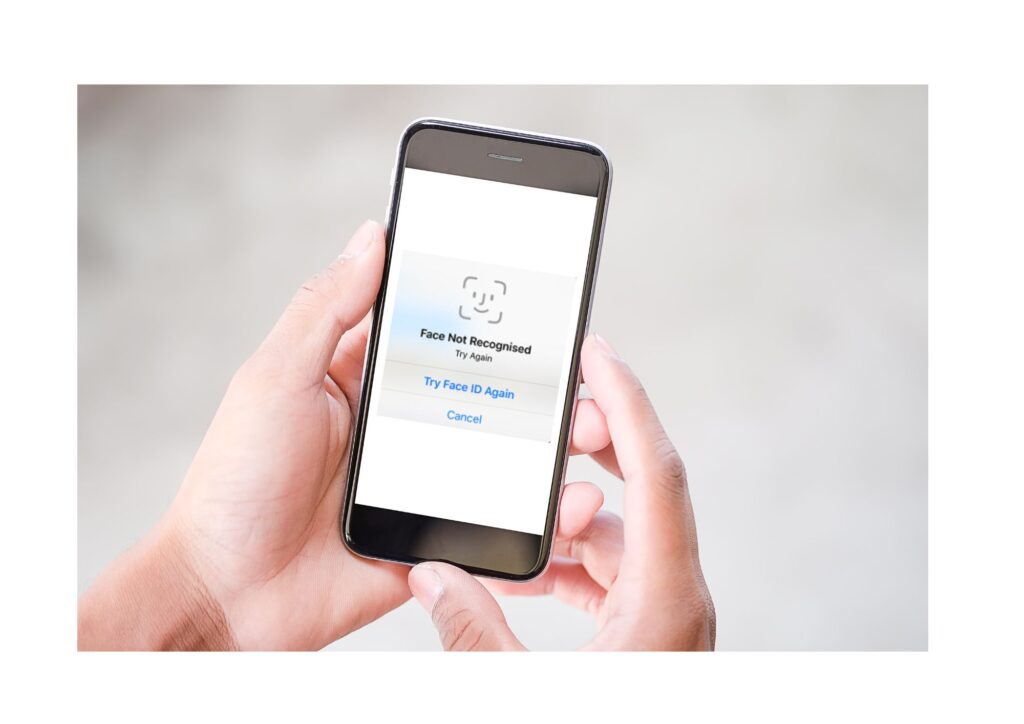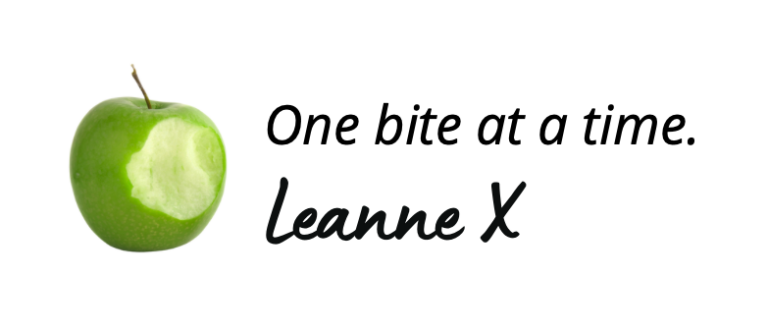

By Leanne.
Share article:
Fasting
As per your anaesthetist, the duration will depend on the time of day of your procedure, AM or PM. I had one of each, and I preferred the morning procedure as fasting all day is no fun. Even though you don’t feel like eating much after a morning procedure, you don’t have that same ‘sense of starvation’ feeling.
What to wear
Comfortable dark-coloured clothing, as you may have the odd blood spatter or drool. Incontinence pad if you’re worried about needing to pee during the procedure to avoid any embarrassment. Chances are you won’t, but it’s a sense of added security for some.
What to take
- Eye mask or a sleep mask if you’re a ‘I’m doing this with my eyes closed tight’ kinda person
- Ice packs. Frozen and ready to go.
- Music earbuds to zone out. Not too loud, so you can still follow instructions if having IV sedation.
- Lip balm. Slather it on as soon as you can.
- Travel pillow & blanket, especially if you have a long car ride home.

What to expect
Admission information will have been given to you in advance, along with your sedation plan and anaesthetist’s instructions.
On arrival, you’ll be asked to identify yourself, declare any allergies and have your ID band attached. Your Surgeon and Anaesthetist will have a quick chat with you and ask you to tell them what you are having done today, clarifying that you’re all on the same page.
For me, this was 12 lower extractions, 6 implants, and my final bridge placed and upper bone grafting as stage 1 surgery for my upper implant bridge.
They will also verify that you have fasted.
You’ll see lots of faces in the room, some familiar and some not so much.

What you will feel
If your procedure, like mine, is performed under General Anaesthetic, an IV Cannula is placed in your hand for IV sedation and IV hydration during the time under anaesthesia. My procedure took 2.5 hours, including recovery.
You will feel the IV Cannula being inserted. You will feel that first lignocaine injection in your mouth. I won’t lie; this is THE WORST PART for most dental patients…after that, you will recall very little, if anything, of the procedure. You will wake up numb, pain-free and should remain so well into the next day as the local block & anti-inflammatory medications slowly wear off.
What you won’t do
One of the most AWESOME things about the All at Once® implant bridge is you don’t wait in recovery for 4 hours while bulky temporary dentures are being made, or have measurements taken of your gums post teeth removal, or have to go home toothless and return the next day for your bridge to be inserted. Or to be sent home again the next day and instructed to come back again the following day as your gums are too swollen. True story from St. Elsewhere.
Your time in recovery will vary based on the anaesthetic given, how you respond, vital signs & level of drowsiness. The Recovery room nurses will look after you until you are ready to go home.
What you will do
Wake up with new teeth.
You’ll need a nice clean sun-visor mirror in the car to check out your new teeth at least 100 times on the way home.

Once home set yourself upright on the couch with a nice pillow and doze for a few hours.
Have your significant other or support person fill your prescriptions. You don’t want to be stopping off on the way home if it’s avoidable.
Have a light diet of soothing cool foods such as jelly, custard, or yoghurt as your first meal & rest, rest, rest and ice, ice, ice.
Relearning how to eat, especially if you’ve had a long period of wobbly or missing teeth, will take time.
As will opening your phone apps attempting to use face recognition.


Disclaimer: The information provided on this platform, including text, graphics, and images, is intended for general informational purposes only. It is not a substitute for professional dental advice, diagnosis, or treatment. For specific dental concerns, it is crucial to consult with a qualified dental practitioner. They will be able to assess your individual circumstances, provide accurate diagnoses, and offer appropriate treatment options tailored to your specific needs
Print article:
Share article:
Subscribe To Leanne's Blog
Ready for your new smile?


